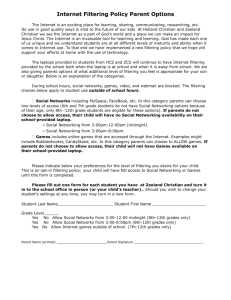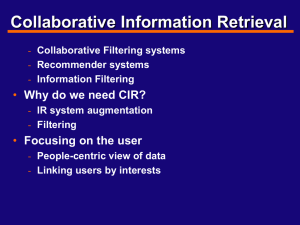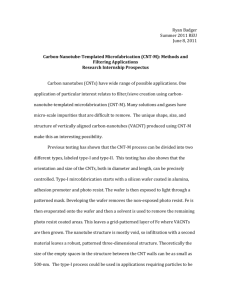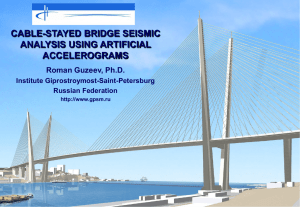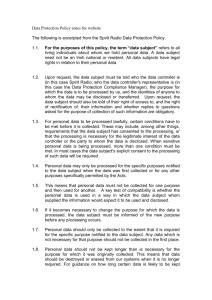CE7014 Engineering Seismology Dr. Sinan Akkar 2012
advertisement
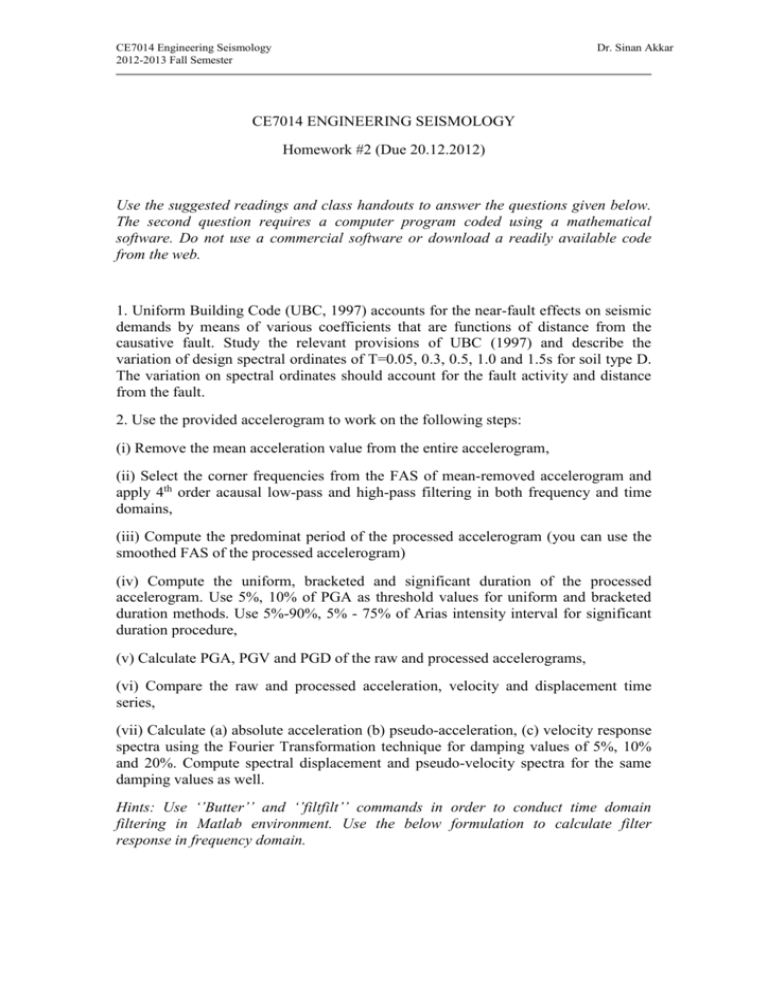
CE7014 Engineering Seismology 2012-2013 Fall Semester Dr. Sinan Akkar CE7014 ENGINEERING SEISMOLOGY Homework #2 (Due 20.12.2012) Use the suggested readings and class handouts to answer the questions given below. The second question requires a computer program coded using a mathematical software. Do not use a commercial software or download a readily available code from the web. 1. Uniform Building Code (UBC, 1997) accounts for the near-fault effects on seismic demands by means of various coefficients that are functions of distance from the causative fault. Study the relevant provisions of UBC (1997) and describe the variation of design spectral ordinates of T=0.05, 0.3, 0.5, 1.0 and 1.5s for soil type D. The variation on spectral ordinates should account for the fault activity and distance from the fault. 2. Use the provided accelerogram to work on the following steps: (i) Remove the mean acceleration value from the entire accelerogram, (ii) Select the corner frequencies from the FAS of mean-removed accelerogram and apply 4th order acausal low-pass and high-pass filtering in both frequency and time domains, (iii) Compute the predominat period of the processed accelerogram (you can use the smoothed FAS of the processed accelerogram) (iv) Compute the uniform, bracketed and significant duration of the processed accelerogram. Use 5%, 10% of PGA as threshold values for uniform and bracketed duration methods. Use 5%-90%, 5% - 75% of Arias intensity interval for significant duration procedure, (v) Calculate PGA, PGV and PGD of the raw and processed accelerograms, (vi) Compare the raw and processed acceleration, velocity and displacement time series, (vii) Calculate (a) absolute acceleration (b) pseudo-acceleration, (c) velocity response spectra using the Fourier Transformation technique for damping values of 5%, 10% and 20%. Compute spectral displacement and pseudo-velocity spectra for the same damping values as well. Hints: Use ‘’Butter’’ and ‘’filtfilt’’ commands in order to conduct time domain filtering in Matlab environment. Use the below formulation to calculate filter response in frequency domain. CE7014 Engineering Seismology 2012-2013 Fall Semester Dr. Sinan Akkar F ( Ffnpf ).( Frnpr ) , F f 1 /( s s1 )( s s2 )...( s sk ) , Fr conjugate of F f where 1 sk exp(i ( (( 2k 1) / 2npf ))) k 1,2,.., npf , s0 i( f / fc) 2 s s0 for low pass filtering , s 1 / s0 for high pass filtering “F” is the filter response, “f” is the frequency array, “fc” is the corner frequency, npf and npr are the number of poles (the same as order) in forward and reverse directions, respectively. Also see Boore and Boomer (2005) to better understand the filtering concept in frequency domain. See Boore (2005) to decide on the length of zero pads in both filtering methods.

